Nintendo Handhelds Ranked Worst-to-Best: Part 2
The Most Objective Ranking of All-Time
If you haven’t read Part 1, then you won’t know where the original Game Boy landed on this list, and that would be a shame!
#4 - SWITCH LITE
The Switch is a solid home console, but it’s an objectively fantastic handheld. “But Dylan,” you say, “the Switch can be played either at home or on the go, it is Perfection Itself.” Yes, child, except for the Switch Lite, which is pure unadulterated handheld, no docking capabilities, smaller screen, less expensive… you know the rest.
I am not the demographic for the Switch Lite, but I know a good product when I see one. For every aging millennial such as myself, there are a thousand zoomers or alphas who take their Switch with them everywhere, playing Minecraft, Fortnite, and Among Us with heroic abandon, as if those were the only three games to ever exist. Why do they need a dock? Of course they don’t. Some of the most popular games of the last generation have the least compelling graphics. One does not need a 4K display for Fall Guys.
And for those who enjoy the deeper experiences, well, you really have it all, don’t you? Skyrim and The Witcher 3 for thousands of hours, why not. The characters might not look fully formed, but unless you’re gonna drop $600 on a Steam Deck, streamlined textures are your lot. Then there are the Nintendo experiences that both look and play fantastic, Breath of the Wild, Mario Kart 8, the Xenoblade Chronicles trilogy, Kirby and the Forgotten Land, etc. The Switch’s library is massive and still growing. Imagine a vacation with your parents, the Switch Lite, and a sizable backlog: you’d conceivably never have to look at anyone, not even once.
Were I about 25 years younger, the Switch would have broken my brain several times already with its seemingly everlasting greatness. Presuming Nintendo doesn’t run its branding into the ground for the next decade, I imagine nostalgia for the original Switch will consume younger generations in about two decades or so. Unless your children have already given themselves over to mobile gaming, the Switch is the console and handheld of their generation. To conquer one field is an achievement, but to rule in both arenas? Divine.
#3 - GAME BOY ADVANCE
The Game Boy Advance is the true promised successor to the original Game Boy, the Chosen One who lead handheld gaming to new peaks of excellence in the early 2000s.
I remember the summer of 2001 my friend let me borrow his Game Boy Advance to take with me on my vacation. All he had was Castlevania: Circle of the Moon, and it was more than enough. This re-imagining of the Castlevania series, full of exploration, upgrades, and magic cards, was intriguing and overwhelming at times. Simon Belmont was out, an unknown upstart named Trevor Graves reported for Dracula-slaying duty. I didn’t know where I was going half the time, I was beautifully and horribly lost in the game’s dark caverns and mysterious crypts. The combat was great, and the graphics looked incredible (especially the huge bosses). I couldn’t believe I was playing such an “advanced” game on a handheld console.
Despite my good impressions, two nagging thoughts remained. #1) like the original Game Boy, the screen was still hard to see without proper lighting; and #2) this game deserved to be played on a television.
Against all odds, Nintendo would answer both my cries and provide the Game Boy Advance SP and the Game Boy Player in 2003. The latter was a device that attached to the bottom of the Gamecube and allowed you to play Game Boy Advance, Game Boy Color, and Game Boy games from your TV. I bought the device day one and rejoiced with great song and jubilation. The GBA SP was a mid-gen upgrade of the GBA and featured a different design (vertical clamshell as opposed to flat horizontal) and brighter LCD screen, along with an optional light for the front of the screen and a rechargeable battery (no more AAs!).
In a few short years, the GBA’s cup overflowed. Advance Wars 1 + 2, Mario Kart: Super Circuit, two F-Zero games, Legend of Zelda: The Minish Cap, a million Mega Man games, the Castlevania trilogy, the Sonic Advance trilogy, and a bunch of SNES ports and licensed games of varying quality. On a side note, I’m still sad that Mega Man Mania, a collection of the five original GB Mega Man games, was cancelled by Capcom in 2004.
In 2005, as the Game Boy Advance was finishing up its run, Nintendo released the Game Boy Micro. True to its name, everything about the device – screen, form, controls – was incredibly tiny, presumably so that hamsters and other rodents with small hands could know the joy of playing Game Boy Advance games. I have no idea why Nintendo would make such a curiosity and release it outside of Japan, but I’m glad I was alive to witness it.
#2 - NINTENDO 3DS
The Nintendo 3DS almost flopped within its first few months. Coming right after the immensely popular DS, Nintendo assumed they could do no wrong and that its eventual successor would automatically sell twenty million units in the first three months with tepid launch games like Pilotwings Resort and Steel Diver. Turns out, you still have to put in a little effort to convince people to drop hundreds of dollars on your new hardware, even if your previous handheld made all the money
A steep price cut, some extra games for early adopters, and one Mario Kart 7 later, and the 3DS finally started to sell. Not as steadily as the DS, unfortunately, but enough that Nintendo could rely on it while the Wii U floundered for the next several years.
The 3DS is like the DS, but more. Larger games, Virtual Console, 3D capabilities (which were cool, but hurt if used for more than fifteen minutes), slightly sharper (though still fuzzy) images, and of course, the beloved StreetPass, which allows 3DS consoles to say hi to each other. Even though the 3DS and Wii U eras weren’t Nintendo’s most successful, their desire to make their diverse player base befriend each other via SpotPass and Miiverse, is altogether wholesome and correct.
But what is love without the library to prove it? Kirby: Planet Robobot, Animal Crossing: New Leaf, Luigi’s Mansion: Dark Moon, all the Monster Hunter games, Ocarina of Time and Majora’s Mask in 3D, Super Smash Bros., and my favorites, the quirky niche titles like Professor Layton VS. Phoenix Wright: Ace Attorney and Project X Zone, games that had little chance of recouping their budget, but bless the publishers for putting them out in English anyway.
The 3DS went big and went home with four hardware revisions The 3DS XL was just a 3DS with larger screens. This was the model I had for years, a limited-edition Pikachu clamshell with his arms outstretched like he’s giving you a giant hug while you’re playing. Then came the 2DS, a strange, non-foldable 3D-less model of the 3DS. An “entry-level” model, Nintendo said, for the kiddies who shouldn’t be staring at 3D for very long or at all. The 2DS is hideous; cheap, but hideous. Then came the New Nintendo 3DS and New 3DS XL, a confusing moniker, even for gamers who kept up with the handheld’s iterations. Admittedly, this new version came with a fair amount of improvements, including a C-stick, two more shoulder buttons, enhanced 3D that didn’t make your eyeballs bleed, better processors, more RAM, etc. The latter meant that New 3DSes could play certain games that regular 3DSes couldn’t, although not many. Just some SNES games, Xenoblade Chronicles 3D, and a handful of others that few remember. Then, finally, to make this paragraph even longer, the New Nintendo 2DSXL, for the kiddies with poor eyesight. No 3D, larger screens, and they wisely ditched the slate tablet look.
The 3DS lasted far longer than anyone expected, a full three years after the Switch. Its final days were filled with halfhearted ports, stuff like the original Luigi’s Mansion, Super Mario Maker and Yoshi’s Wooly World. But hey! At least those of us who didn’t yet have the Switch had something to enjoy.
The 3DS did not have the same cultural impact as the DS. Smartphone gaming was already omnipresent in the mid-2010s and had decimated the need for a dedicated handheld system. Nintendo surely knew this, but they persevered anyway, loading the 3DS with quality software and some of the most unique features ever seen on a Nintendo handheld. With SpotPass and the ability to create Miis and connect with random strangers, the 3DS felt like the most personal handheld that Nintendo ever created. That it might be their last dedicated handheld system ever makes the latter fact both endearing and bittersweet in equal measure.
#1 - NINTENDO DS
Oh, how the people pretended they weren’t disappointed when Reggie Fils-Aimé revealed the Nintendo DS at E3 2004. Two screens, an ugly, bulbous outer shell, and most importantly, it wasn’t Sony’s PSP, the predetermined handheld victor of the E3 conference. The PSP had a sharp screen with games that looked like a cross between PS1 and PS2 titles. The Nintendo DS had a hungover-looking version of Super Mario 64.
We all know what happened. Nintendo sold over 150 million units of the DS, thanks to Nintendogs, New Super Mario Bros, Brain Age, and a whole host of other titles that sucked in both regular gamers and the casual mainstream audience who’d been missing since Tetris on Game Boy 15 years prior. The second screen, a touch screen, was a brilliant idea either for innovative game mechanics, like drawing a map in Etrian Odyssey, or for displaying vital information, like items and health. Whether you’d been playing games for years or not, using the stylus to pet adorable puppies and play Sudoku was intuitive and refreshing.
The Nintendo DS was the first handheld console I sank many hours into. Partially because the system’s game lineup is just phenomenal. The Professor Layton tetralogy, Mario & Luigi: Bowser’s Inside Story, Hotel Dusk: Room 215, the Ace Attorney games, Super Princess Peach, the numerous Atlus games, the Dragon Quest remakes, the Final Fantasy remakes, WarioWare, Rhythm Heaven, on and on she goes. If I’m honest, though, I also played a ton of Nintendo DS, because there was then and is now currently no way to play DS games on a television; unless I want to figure out some sort of emulation runaround with a PC connected to my TV (and I don’t). The Wii U Virtual Console had a handful of DS games, which was welcome, but extremely limited. That said, I did somehow manage to finish Yoshi’s Island DS on my Wii U, a cumbersome dual screen experience I wouldn’t recommend to anyone.
The Nintendo DS also was the first Nintendo handheld to receive three revisions: a Lite model with smaller screens but increased battery life; the DSi, a slightly more powerful model that also allowed you to download exclusive software that wouldn’t run on the regular DS; and the DSi XL, a massive beefcake with huge screens for the visually impaired along with all the DSi improvements. Truly, this final model was the King of all DSes.
I remember buying a DS Lite for my then-fiancée, now-wife in 2009 at Game Stop and being asked if I wanted a DSi instead by the manager. I said no thanks, I was fine with the DS Lite. She asked me if I knew what the DSi did, and I said yes, I do, I also know it doesn’t have Game Boy Advance compatibility, and I want that. She then openly scoffed, which I wisely did not respond to, while the poor employee ringing me up tried to make the best of an awkward situation. To this day, Game Stop is the only place where I have encountered true disdain as a customer who only wants to give them money.
The Nintendo DS remains a true landmark in gaming history, one of the few devices to both capture a hardcore gaming market and a casual audience without breaking a sweat. It emerged at the perfect time, several years before smartphones and mobile games overtook the populace and all but destroyed the dedicated handheld market. Hopefully with Switch 2 on the horizon, Nintendo will find a way to rescue some of the thousands of games on the DS for a new generation to experience. The handheld deserves to be remembered and honored and its titles re-discovered anew.
*images courtesy of CNN, Gamestop, Dailymotion, Wikipedia, and Nintendo


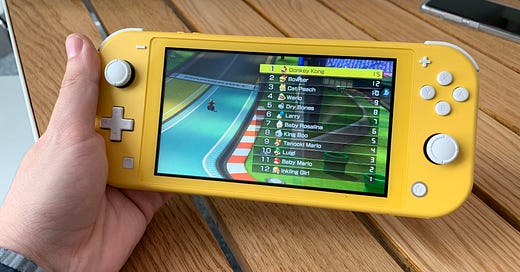




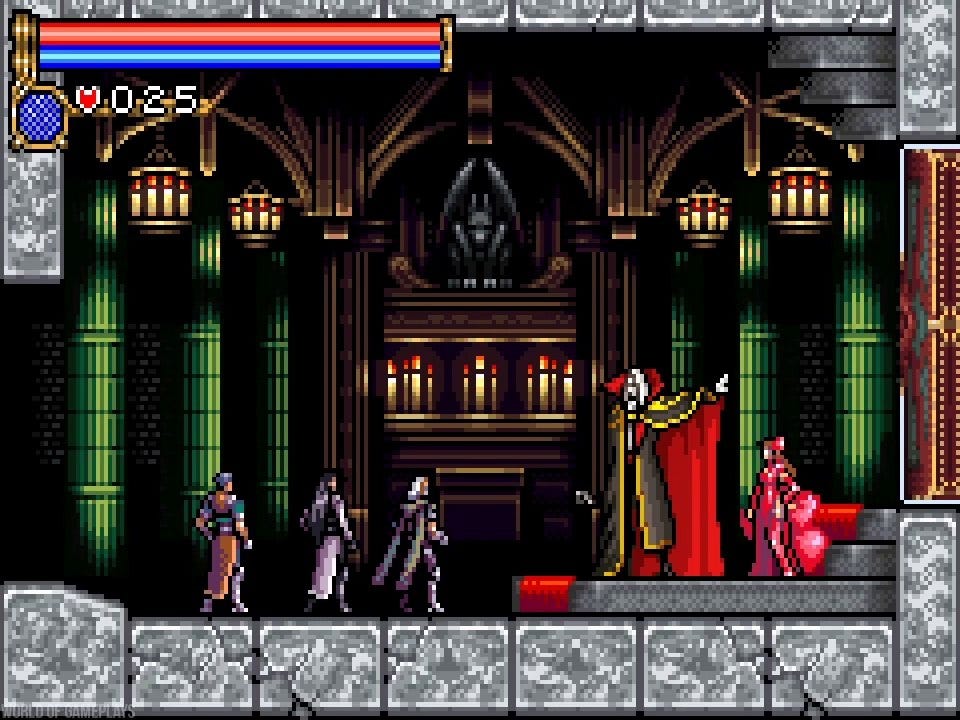
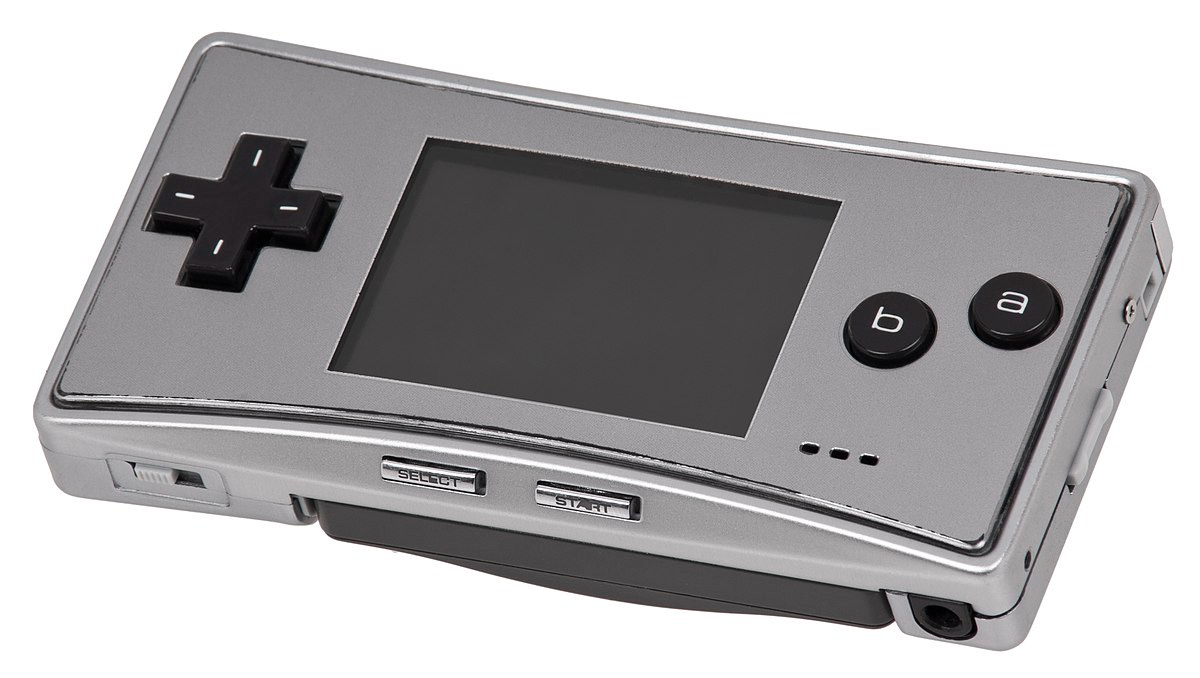
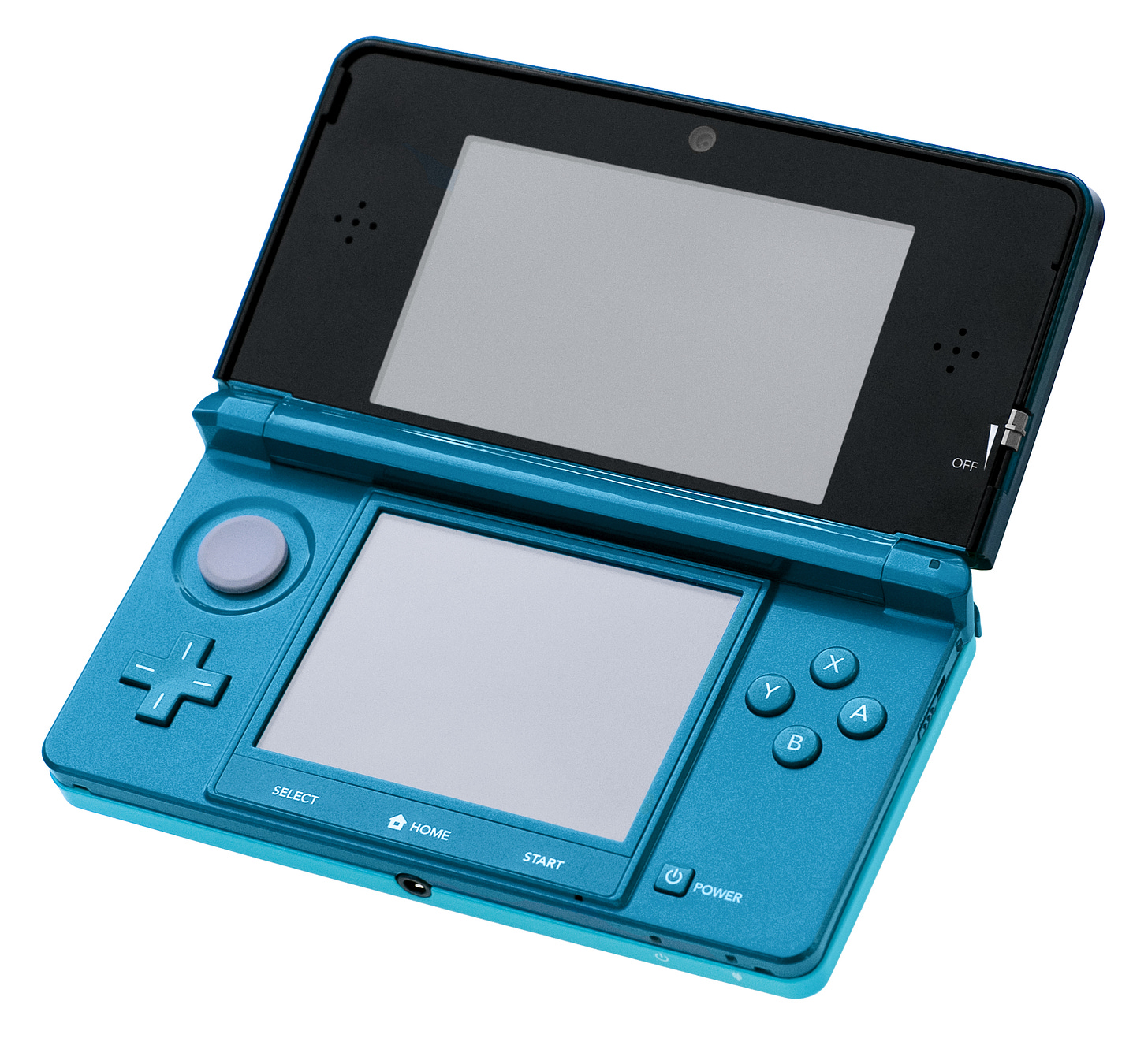

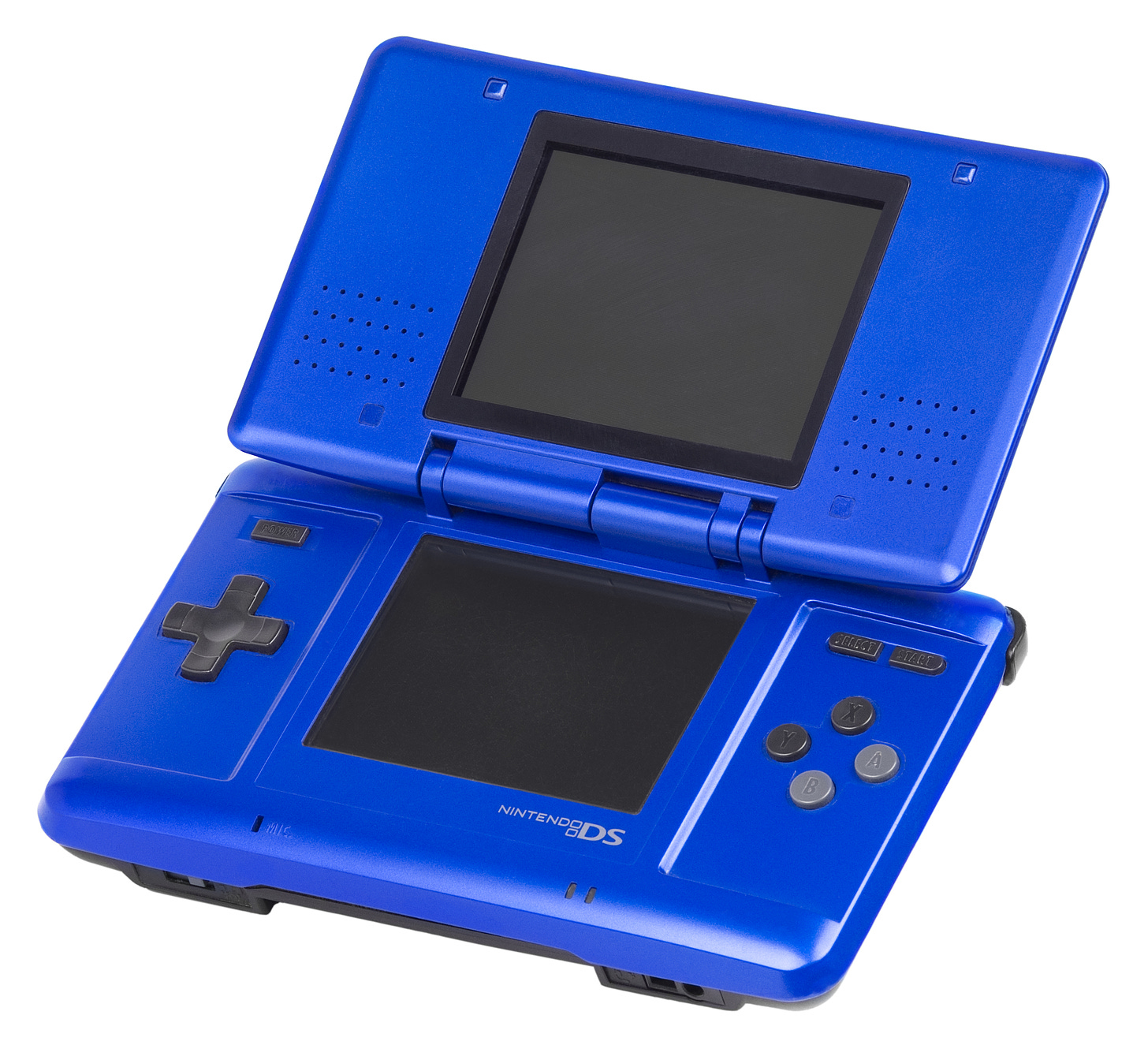
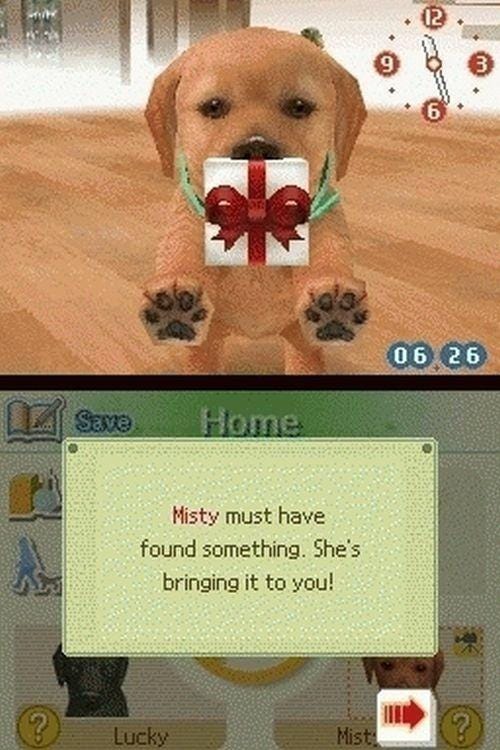
I remember buying the issue of EGM with DS vs. PSP as the cover story. As the bookstore cashier rung me up he asked me which one I thought would win. I didn’t have a horse in the race but I said DS, knowing Nintendo’s long history with portables. Never thought it would become what is probably Nintendo’s greatest handheld!
While my heart will always be with the OG, I’m a big fan of the GBA. I had one re-shelled to look like the DMG. Surprisingly though I didn’t play many GBA titles, I mainly used it to play my OG and color games.